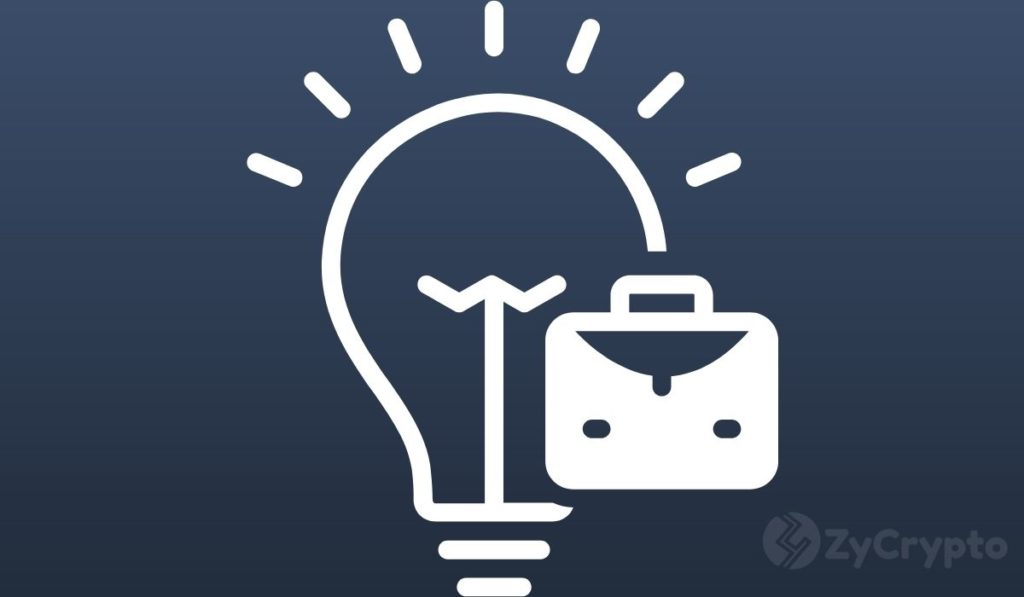
A new report on wash trading activity on various crypto exchanges states that there is strong evidence to support that up to 98% of trading activity on some exchanges could be fake.
The research conducted by Blockchain Research Lab analyzed existing data on 12 popular exchanges using key metrics such as web traffic, wallet sizes, and trading volumes to determine the extent of wash trading for 7 cryptocurrency exchanges.
Wash trading is one of the methods used to manipulate data to artificially increase reported trading volumes on crypto exchanges. The misinformation is dangerous as it misleads the majority of traders while giving some an unfair advantage.
Anything over $45 Million in BTC/USD Daily Trading Volume Is Suspicious
To estimate the level of fake trading in each exchange, the research used both web traffic and cold wallet data of the exchanges as a benchmark.
Blockchain Research Lab grouped exchanges into three categories based on previous evidence of wash trading activity on their platforms. Bitfinex, Bitstamp, Bittrex, Kraken, and Poloniex fell under examples of little to zero evidence of wash trading.
Binance, HitBTC, KuCoin, and YoBit were grouped as exchanges with medium wash trading evidence, with OKEx, Huobi, and FCoin as exchanges with the highest levels of wash trading activity.
After collecting data for about five months between July 23rd and November 10th for each exchange, the findings have confirmed that up to 98% of trading volume in already suspected exchanges is fake.
“Furthermore, drawing upon information on token balances, we have identified similar magnitudes of suspicious volume (72%-97%) for three of the four exchanges that were previously not clearly linked to wash trading.”
The collected data consisted of balances on exchanges’ crypto wallets and the trading volume for Bitcoin, Ether, XRP, US Dollar, and Tether Stablecoin. Tether has previously been linked to other massive manipulative activities in the crypto market since 2017.
The daily trading volume for BTC/USD as the most popular trading pair was found to be $490 million for high wash trading exchanges and $170 million for mixed wash trading activity exchanges, compared to only $42 million for exchanges reporting real trading volume.
Data Metric Sites Should Highlight Fake Trading Activity
Part of the vulnerability in crypto markets stems from weak regulation as high liquidity is used to attract more investors with the promise of huge advantages.
“Liquidity is a key quality of such markets and one of the areas where manipulation may yield large payoffs to the detriment of investors.”
Exchanges are often incentivized to practice wash trading to promote a certain digital asset or increase customers and traffic to their sites. Blockchain Research is now calling on data metrics sites like CoinMarketCap and Coingecko to add data about wash trading activity so that unsuspecting investors can make more informed decisions.





















